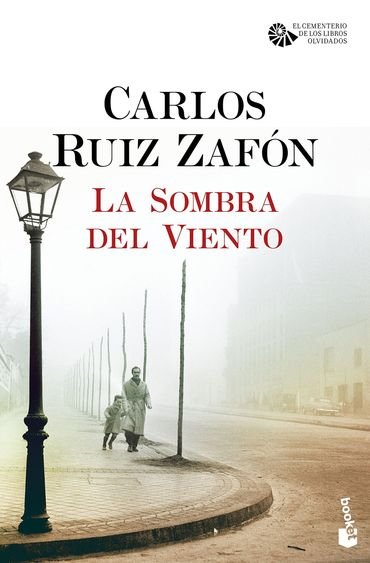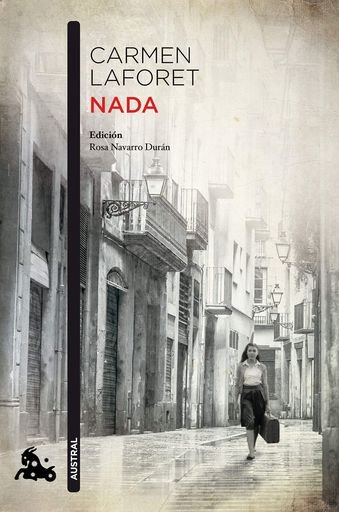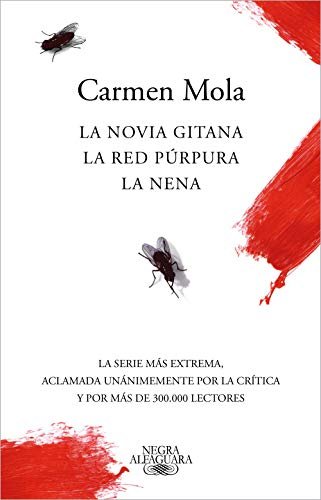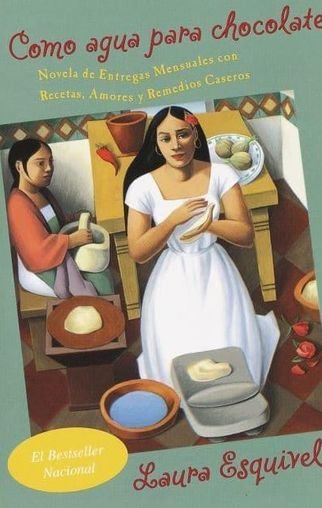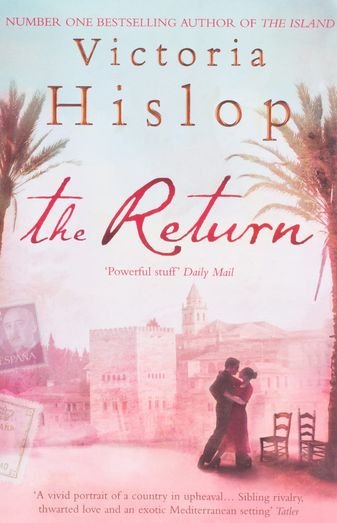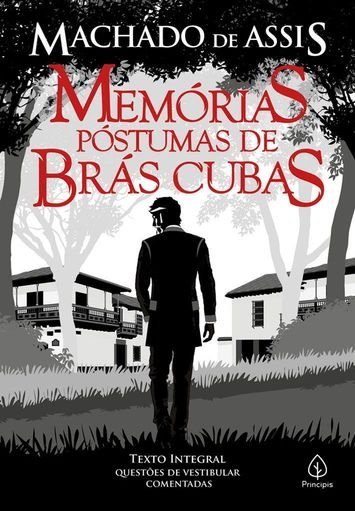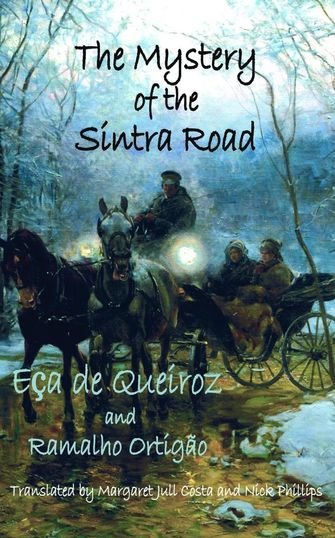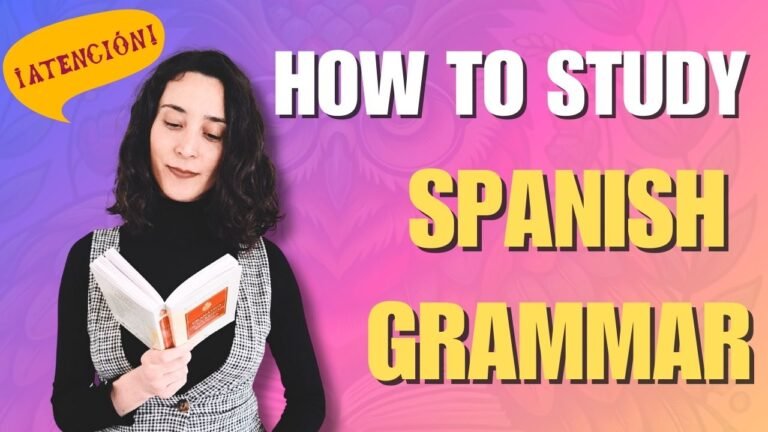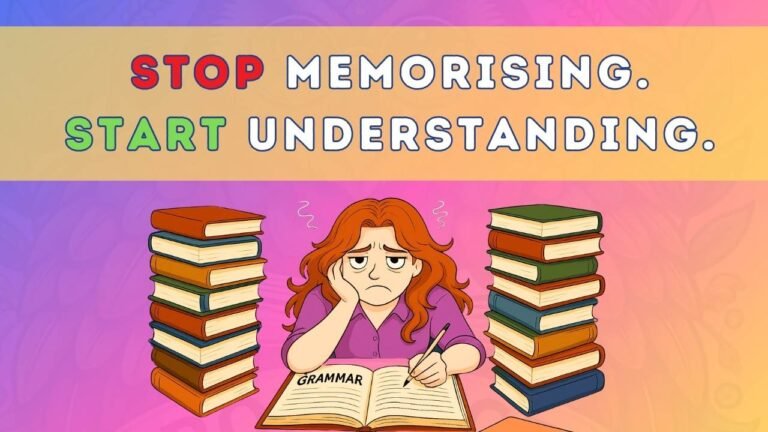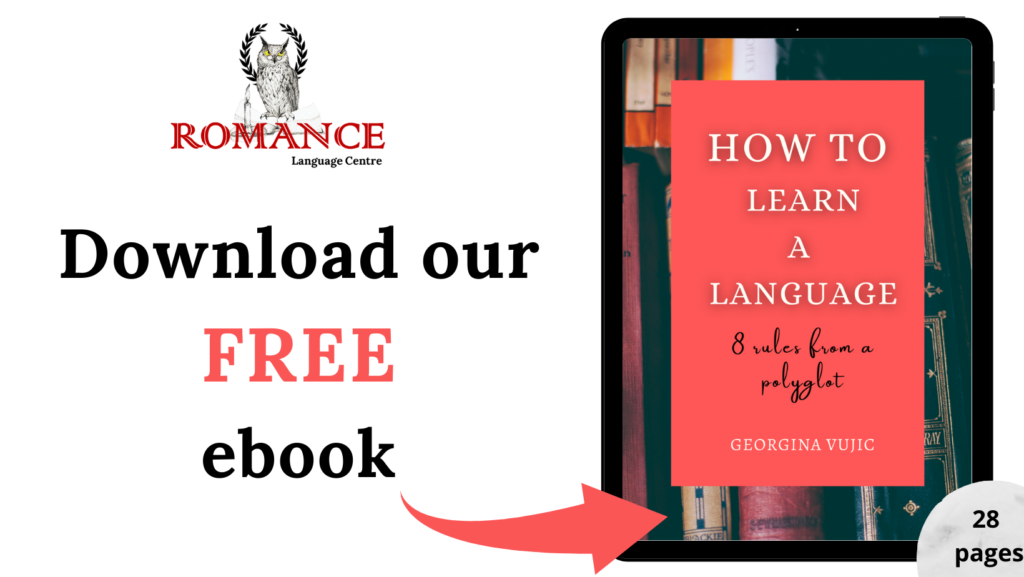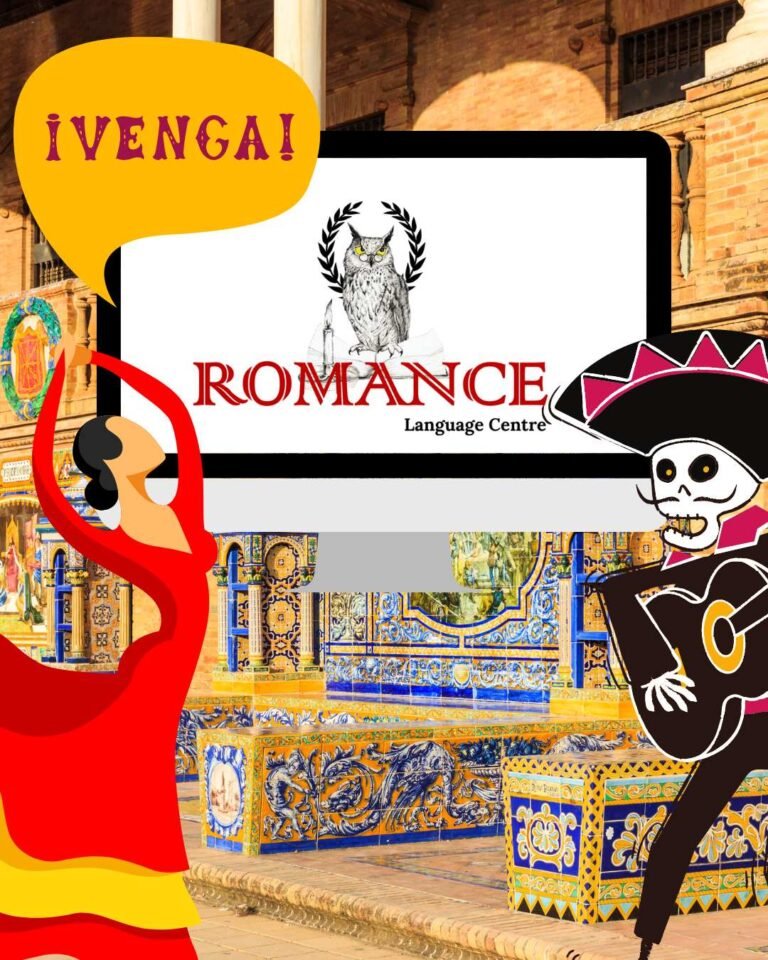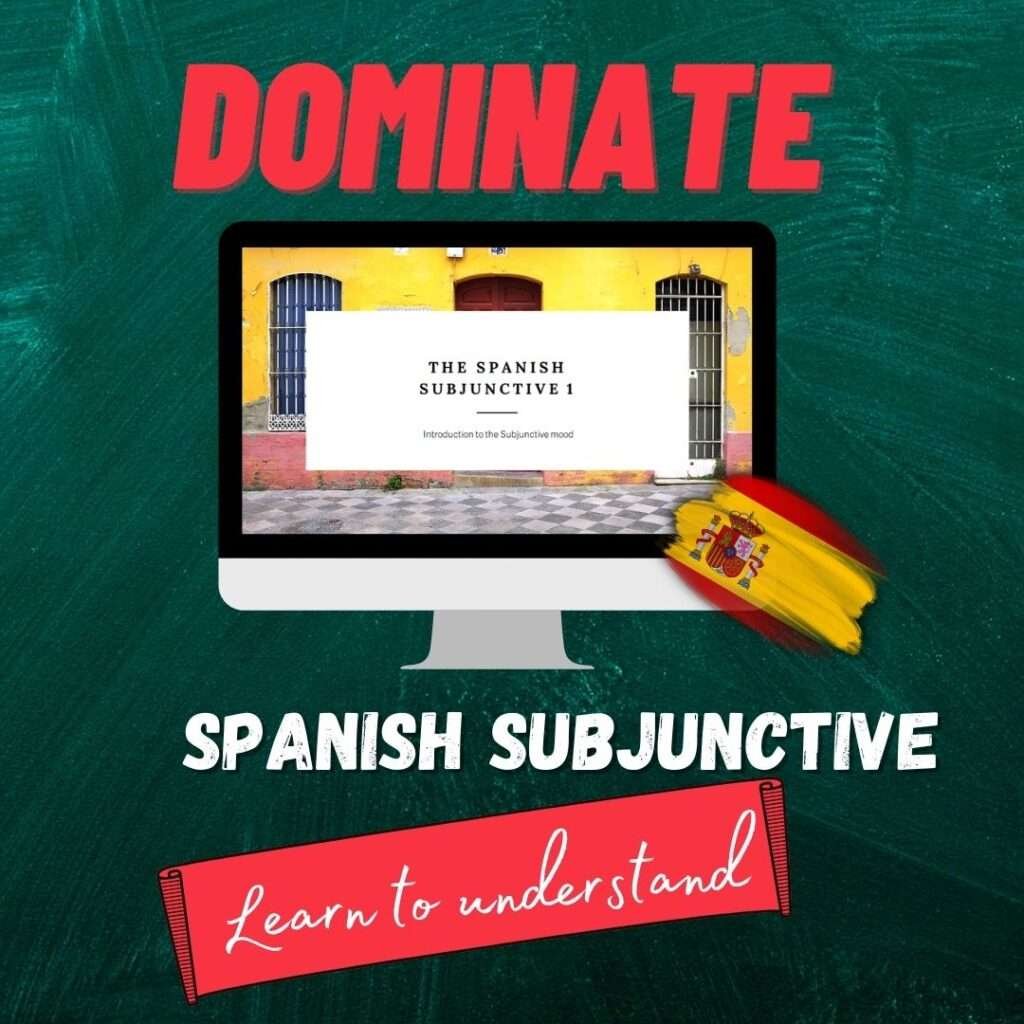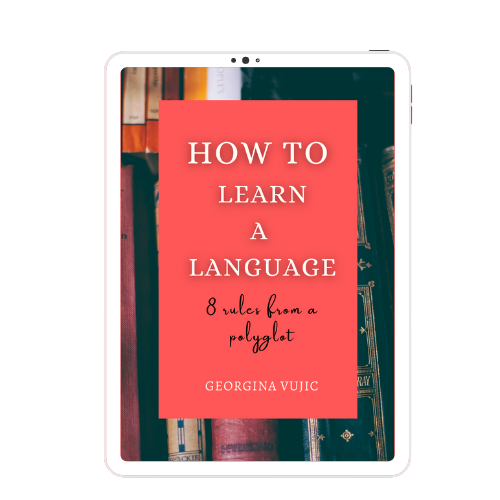If you’re just starting to learn Spanish by yourself, it might be that you will find yourself overwhelmed by the amount of learning materials out there at some point. Or maybe you’re an intermediate or advanced learner, but feel like the textbook/workbook you’re using just doesn’t cut it for you.
Even teacher have a hard time settling on the best textbook for their style of teaching, and often combine a few in their practice.
In the sea of information and resources, there’s no doubt that finding the right textbook is crucial, and often − challenging.
With this in mind, we bring you the 5 best Spanish textbooks to look out for in 2021. However, let’s first take a look at why we need textbooks in language learning.
WHY USING TEXTBOOKS IS IMPORTANT

First thing to remember when learning a new language is that you’re learning a structure. Not only is language a structure itself, but also requires a structured approach.
And this is where textbooks come in.
Ever heard the phrase ‘It’s a textbook example’? That is to say, it’s a clear example of a type of situation or event.
Generally speaking, textbooks are step-by-step guides to mastering a language gradually and progressively. In order to accomplish that, textbooks focus on all four learning activities (reading, listening, speaking, writing) equally.
Just as important, in a good textbook, lessons are laid out in a way that makes most sense for the learner. As an illustration, remember how difficult it was to catch up with more complex math operations if you skipped even one lesson before that, let alone the basics?
Surprisingly, learning a language is very similar to learning math in that regard, and that is why textbooks are there to guide you, explain and elaborate the rules.
They provide a sense of direction that is crucial not only for your language learning, but for your peace of mind as well, aswe all know how frustrating is when you want to learn something new but don’t even know where to start.
You might wonder then:
HOW DO YOU CHOOSE THE RIGHT TEXTBOOK?

To begin with, you must know your level.
If you are unsure about your current Spanish level, or you think you could be between levels, unsure whether to level up or down, take one of our free tests , built to cover everything you should know at each CEFR level.
In addition, at Romance Language Centre we have tested and tried our methodology and we bring you a detailed overview of everything you’re supposed to know and learn in Spanish at each level, following the CEFR (Common European Framework Language Levels).
That being said, there’s more than one way of dividing the steps of language learning journey, and you might come across many different structures on your learning journey, which can also be very confusing for learners.
Imagine textbooks as tools best used in hands of an expert. If you don’t know how to use the tool for what it is meant to create, it renders the tool pretty useless. It is because of this reason that we have teachers, and why experience from already having learnt one foreign language before, would help you navigate through a textbook more easily.
Another thing to watch out for is the language in which instructions and explanations are given.
Those will either be:
a) in your native language
b) in Spanish
b) in English
If you’re a complete beginner who’s learning by yourself, you might want to check out your local publishers to see what they’ve got or get a copy with instructions in English.
Moreover, if you can, we recommend you get a copy in your mother tongue, as those textbooks tend to draw parallels from your mother tongue to make learning easier.
For those of you who already have some knowledge of Spanish or actually prefer to go all Spanish since the start, feel free to go for all-in-Spanish textbook. After all, textbooks are there to guide you and explain the grammar so finding a language that does that best for you is very important.
Unfortunately, there’s no one true method that you can implement in your search for the best textbook for yourself. It very much depends on many variables: your learning style, your education history, knowledge you have of grammar of your mother tongue, you age, etc. Finding the right textbook is one of the biggest challenges for students who are learning Spanish on their own.
What we advise is that you pick at least two, if not three textbooks, and you use them parallelly to compare different approaches.
This will ensure you cover all potential “holes” due to different structures and approaches, and will allow you to cross-reference information and practice more!
Nevertheless, some textbooks are, in our expert opinion, better than others, which is why we have decided to compile a list of some of the top textbooks we have used to teach Spanish over the years.
1. Prisma

Prisma is a textbook classic, tested and loved by schools, course providers, universities and teachers all over the world.
It’s strongest benefits lie in its structure which makes for a very logical course of lessons and allows students to very gradually build their skills with understanding.
It is easy to follow, but definitely challenging enough. Resources provided in it are abundant in activities that link together and allow for practice of all 4 skills. We are particularly fans of the Prisma approach because of the way it teaches Spanish grammar, and it’s one of many reasons why we use it as the base for the structure of our courses.
On the negative side, many have complained that it’s not a good book for complete beginners.
This is partly because it’s in Spanish, but also because some of the texts given can be too advanced for the stage you’re supposed to be at.
Prisma is one of those textbooks that are best used in the hands of a instructor, but provides many benefits for self-taught learners as well. We definitely recommend it for structuring your grammar learning journey.
If you’d still like to give this best-seller a go, you can choose from the old version and the new, updated one.
Don’t be put off by the older version of Prisma − we much prefer it and consider it better structured than the new one.
There’s also the option to go for Prisma Fusión, which merges A1+A2 as well as B1+B2 in one book.
Prisma workbook
Prisma comes with a separate workbook which focuses on listening, reading, speaking and writing activities, as well as linguistic elements and the vocabulary.
To sum up what it has to offer:
- 12 units that reinforce everything you’d studied in the textbook.
- It comes with audio (not all of the workbooks do) and you can download the recordings.
- Each unit has a section that reproduces the DELE (Spanish as a Foreign Language Diploma) exam.
- Grammar section systemizes and amplifies the linguistic contents studied in the textbook
- A glossary with definitions of the words, idiomatic expressions, etc. that appear in the textbook
It’s also great to know that this workbook comes with solutions and transcripts of the recordings so that means it’s suitable for self-taught learners.
If you’d like to see what makes Prisma so popular, check it out in our library and find out for yourself.
2. Método de español

This well-presented textbook follows the CEFR method as well as Instituto Cervantes Curricular Plan.
Its two main pillars are communication and pragmatism (activity-based method, preparing students for real-life situations).
Método is suitable for extensive courses (up to 130 hours of guided learning) thanks to the Extra section.
In this section, you reinforce the contents of each lesson while also expanding the context so that it’s closer to your everyday environment.
Método workbook
In addition, Método comes with a workbook which focuses on two things:
a) language (grammar, phonetics, orthography, vocabulary)
b) communication abilities
We’d like to point out that this second part follows the DELE method.
More specifically, this means that you get to practice all four language learning activities: reading, listening, speaking and writing.
It comes with a CD and not to worry − it also comes with answers.
If this sounds right up your alley and if you’re considering taking the DELE exam in the future, then this textbook/workbook is for you.
3. Aula internacional Plus

Aula Internacional Plus is based on the most popular Spanish learning method in the world − over a thousand experts contributed to the development of this textbook.
You’re looking at the updated (2020) version of the original Aula Internacional, which is also available in Spanish.
However, for you English users who would like to get to know Spanish speaking countries without the usual stereotypes, this might be just the book for you.
Correspondingly, this is what Aula Internacional takes pride in: offering a modern vision of Spain by using digital era to its advantage.
In it, you will find a range of texts and documents like emails, web pages, newspaper articles, brochures, social media, etc.
The premium edition includes a one-year access to Campus difusión, the digital platform for teachers and students of Spanish.
So let’s look at what you get with this textbook:
- A CD with all the recordings
- An extensive explanation of the grammar, with the table of regular and irregular conjugations included
- The basic vocabulary for each unit is shown in a very visual way.
And you know how you’re sometimes unsure which verb to use with a certain word, and vice versa? This is called a collocation and this section includes exactly that. There are three pages of activities per unit that are meant to put to test your communication skills based on your own personal experiences
At the end of each chapter, there’s a video (reports, interviews, short films) for you to watch on Campus difusión.
You can access a phonetics capsule via the same website and watch animated videos with explanations to help improve pronunciation in Spanish.
The workbook is incorporated into the textbook, so each lesson has 7 pages of practical exercises for you to go over the linguistic aspects you’d studied
There’s no doubt that this is a very rich, compact textbook that encompasses different aspects of the language and culture through various activities.
Due to its digital possibilities, vast grammatical explanations in English and practical exercises that are meant for independent work (although they can be used in class too), they are a good book for complete beginners.
On the negative side, the access to the digital platform has a time limit and the textbook doesn’t cover all levels: the old version in Spanish ranges from A1 to B2.2 while the updated English version has only A1 and A2.
However, this is still a textbook with lots to offer to beginners, so if you’d like to give this 2020 best-seller a go, you can check it out here.
4. Cumbre

This textbook is true to its name, as it gradually guides you to cumbre (top of the mountain).
And it does so through three books in total: elementary, intermediate and advanced level.
One thing to bear in mind is that this book was first published in 1995 so it originally came with casettes! Not to worry, though, as nowadays you can get it with a CD and the book also has the transcript of all of the recordings at the end.
Although dated, Cumbre remains a relevant textbook.
So what’s so great about it?
Unlike most textbooks, Cumbre introduces you to verb conjugations very gradually. For instance, you learn the singular of the verb ser (to be) first and the plural in the next lesson.
We’ve personally found that great for older learners who had never had any experience learning another language and who tend to get overwhelmed easily.
Another key point is that Cumbre, more than any other textbook I’ve found, deals with the difference between Peninsular Spanish and Latin American Spanish. Not only are the speakers on the recordings from different parts of Hispanic world, but there’s also a section at the end of each lesson where you can learn the Latin American variants of the same word.
Just like any standard textbook, Cumbre is structured around reading, listening, writing and speaking activities.
However, it comes with some perks of its own: there’s an extensive revision section after every four lessons, alongside a glossary at the end with translation of the vocabulary in five languages (English, French, German, Portuguese, Italian) and the grammar appendix.
Although the textbook itself has many exercises, Cumbre comes with a workbook that follows its contents and reinforces what you’ve learned so far.
5. Nuevo ven

Nuevo ven is the updated version of the original divided into three books:
1) A1-A2
2) B1-B1+
3) B2-B2+
It follows CEFR method and the Instituto Cervantes Curricular Plan which means this is a fairly methodological, standard textbook.
On one hand, it might be challenging for the beginners as it’s all in Spanish. On the other, many learners say they actually prefer to immerse themselves in the language since the beginning.
Either way, Nuevo ven is a great textbook aimed at adolescents and adults.
If we had to point out one thing about it, it’s that the texts in it are very interesting, especially at the B1 and B2 level.
Even though it’s not a typical textbook with Spanish stereotypes, you read and learn about people from Hispanic world, like actors, sportsmen, etc.
It’s also nice to know that Nuevo ven was approved by Universidad Antonio de Nebrija (the author of the first Spanish grammar). This means that Nuevo ven corresponds to the criteria of learning foreign languages in general, but also according to ELE (Spanish as a Foreign Language), more specifically.
Check out Nuevo Ven here.
Nuevo ven workbook
With Nuevo ven, both the textbook and the workbook come with the CD.
And if CDs are outdated for you, don’t worry, as this newest version has a digital extension through which you can download all the recordings.
The workbook itself is fairly simple: it builds on what you’ve learned in the textbook through listening, reading and grammar activities.
Additionally, it has a little RECUERDA (Remember) cloud which warns you of some fundamental grammar rules. Answers to those activities are included at the end of the workbook so that’s good to know if you’re self-taught and want to give this textbook and its workbook a go.
Finding the most suitable textbook/workbook is the very first step in your Spanish learning journey hence it’s very important to make an informed decision before buying one.
Textbooks are there to guide us through all of the aspects of the language, from reading and listening to speaking and writing.
Depending on your level, you can go for a textbook with instructions written in Spanish, English or your mother tongue, whichever will make most sense to you.
Another thing to bear in mind if you’re self-taught, is to make sure that the textbook and workbook you’re purchasing have solutions provided, as you won’t have the teacher to correct you.
In this post, we only covered the workbooks that come with the textbooks so they all follow a very similar structure, that is, the structure of their respective textbook.
To learn more about the importance and the role of workbooks in language learning, as well as discover some amazing independent workbooks (not tied to the textbook) that will skyrocket your Spanish learning progress, read our post dedicated to that topic.
And finally, if you’d like to see more books dedicated to acquiring Spanish, visit our virtual library and check out more titles.
We wish you the most successful learning journey!
Recent articles:
-
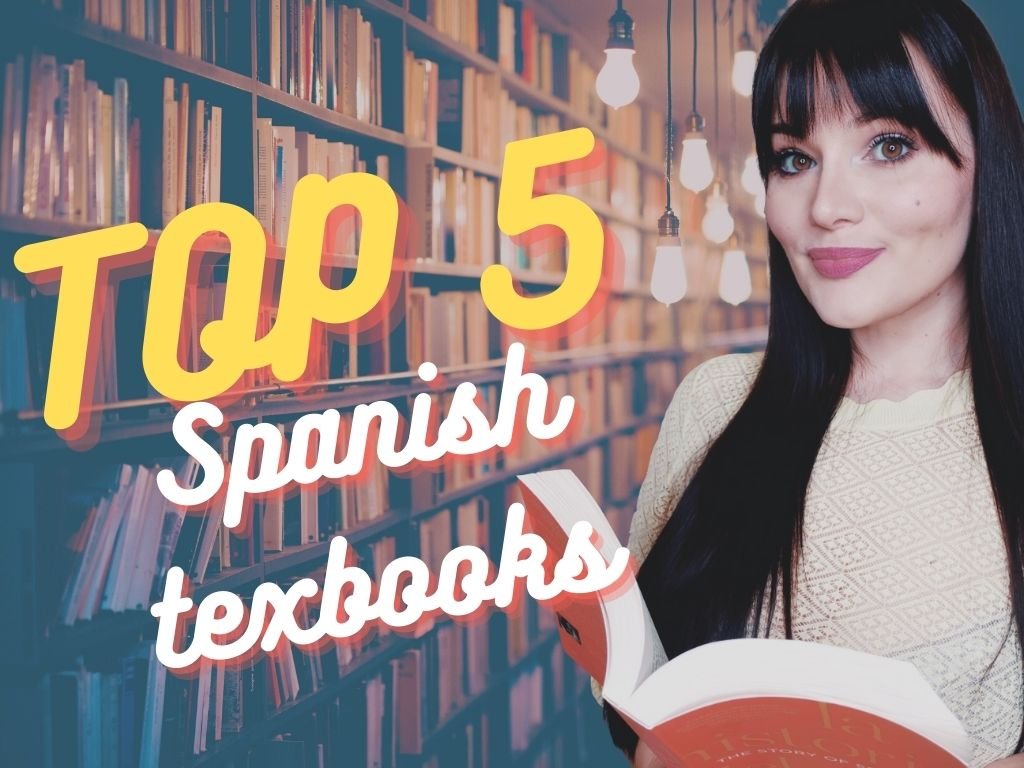
5 best Spanish textbooks to look out for in 2021



